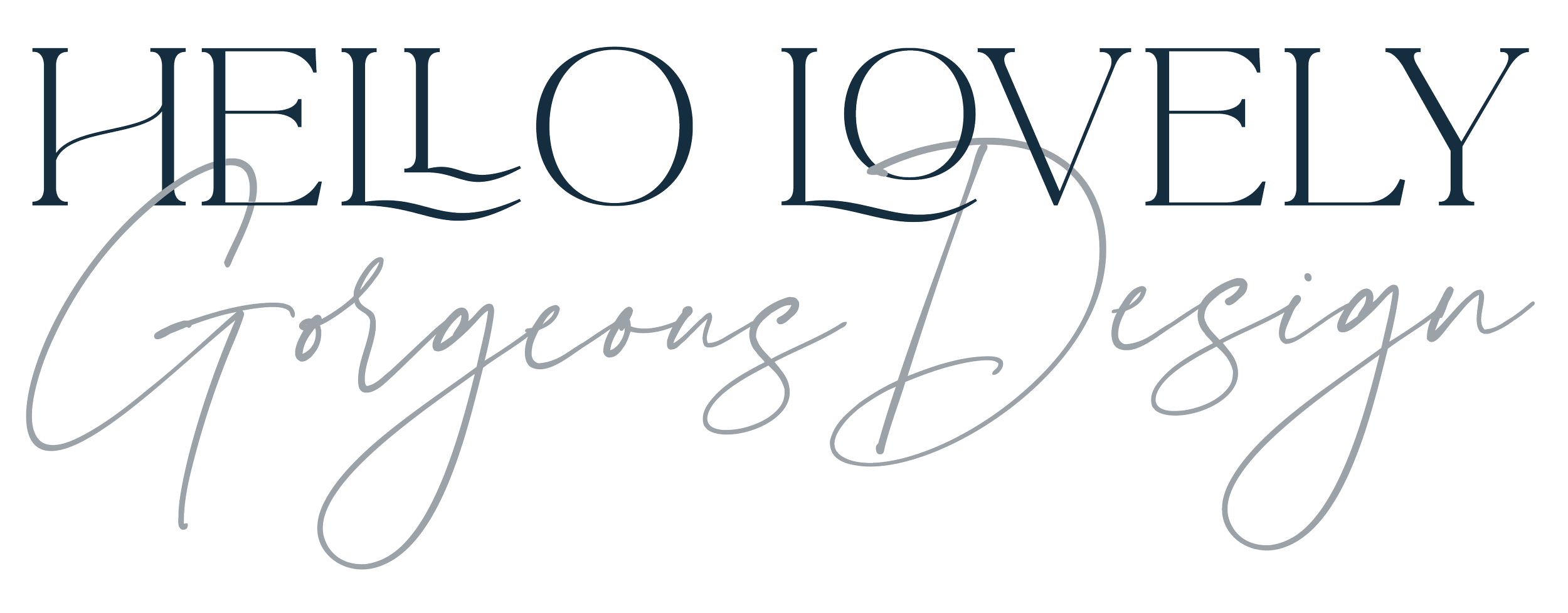Eco-fonts, graphic design and eco-friendly practice
Designers can do a lot to help with the climate emergency. We can use our talents to create awareness or translate data to accessible facts, alongside speed and efficiency which reduces power. Designers with knowledge of ethical supply chains can advise our clients on buying choices, reducing proof stages, agile practice and waste (particularly true when it comes to branded plastic consumables).
Sustainability may sound scary but all takes is just some small steps into our daily lives to create a better, sustainable, eco-friendly world.
And then there’s eco-fonts!
Typography is a tool of design. I’m totally onboard with a well crafted sustainable font as a meaningful and appealing product.
Did you know that the choice of a typeface can reduced paper and ink consumption in print? The point size is also important too in ink usage (a point is how fonts are measured - a point is equal to 0.77mm). A lighter weight (light or regular instead of medium or bold) will use less ink. This can all contribute to lowering the carbon footprint of a publication.
“Did you know that Century Gothic uses 30% less ink than Arial? This is because it’s more broadly set. But it uses more paper as it’s wider! Try printing double-sided sheets.”
An eco font is one that has been designed to be as economical in ink use as possible, through character forms and spacing. Ryman’s, a UK stationery firm launched Ryman Eco in their brand. It uses thin lines to reduce ink use by making them hollow shapes and ink bleed naturally fills the gaps. If it’s used as a display face - such as a headline - then the line becomes a design feature.
The environmentally sustainable typeface uses an average of 33% less ink than standard fonts. Designed by Monotype Type Director Dan Rhatigan, in collaboration with Grey London, the objective was to create the world's most beautiful, sustainable font. Ryman Eco takes advantage of how ink bleeds on paper to create a less ink-intensive font as each character form is a series of fine lines, "so at smaller sizes (10 to 14 point size) the lines appear to merge from ink bleed, whereas at larger sizes, the lines become an interesting visual characteristic of the typeface.” says Grey London.
Other fonts are available
Courier uses thinner letters than Arial. It may not work for your brand as it has a distinctive design, but you may find it helps with home printing.
Finally, think if you need to print it and if you do, reduce underlines and emboldening as these all use more ink. Consider your paper sources too. I’ve been impressed with the Green Stationery company for office supplies but I also reuse paper and swapped plastic biros for refillable fountain pens.
Lastly, we can be ethical about fair trade. All fonts have a licence, even if they are free to download. This means that if you download from Google Fonts, that data is passed back to Google and the creator. If your font has a commercial licence then you will need to buy it from a foundry or broker site like My Fonts. This means that the creator will receive a fee, or royalty for their work, much like a musician does. This is a legal requirement and it is fair practice, ensuring a living wage.
Be mindful too of paying a fair price. Design is awash with apps that delivery templated design but do not necessarily teach good design and undervalue skills. Competition or ‘pitch’ sites ask creatives to work for free with the client choosing one design to develop and only that designer is paid (my analogy is that of walking into a cafe, ordering five meals and only paying for what you liked, nobody would do that in real life but it happen in design and related industries). By seeking suppliers through word of mouth, careful research and ethical networks, you can ensure fair trade. You can read more on the ethical cost of cheap design in this blog post here.
Takeaway
Would you like to use Ryman Eco in your next project? I’m itching to as well! Get in touch and explore the potential.

